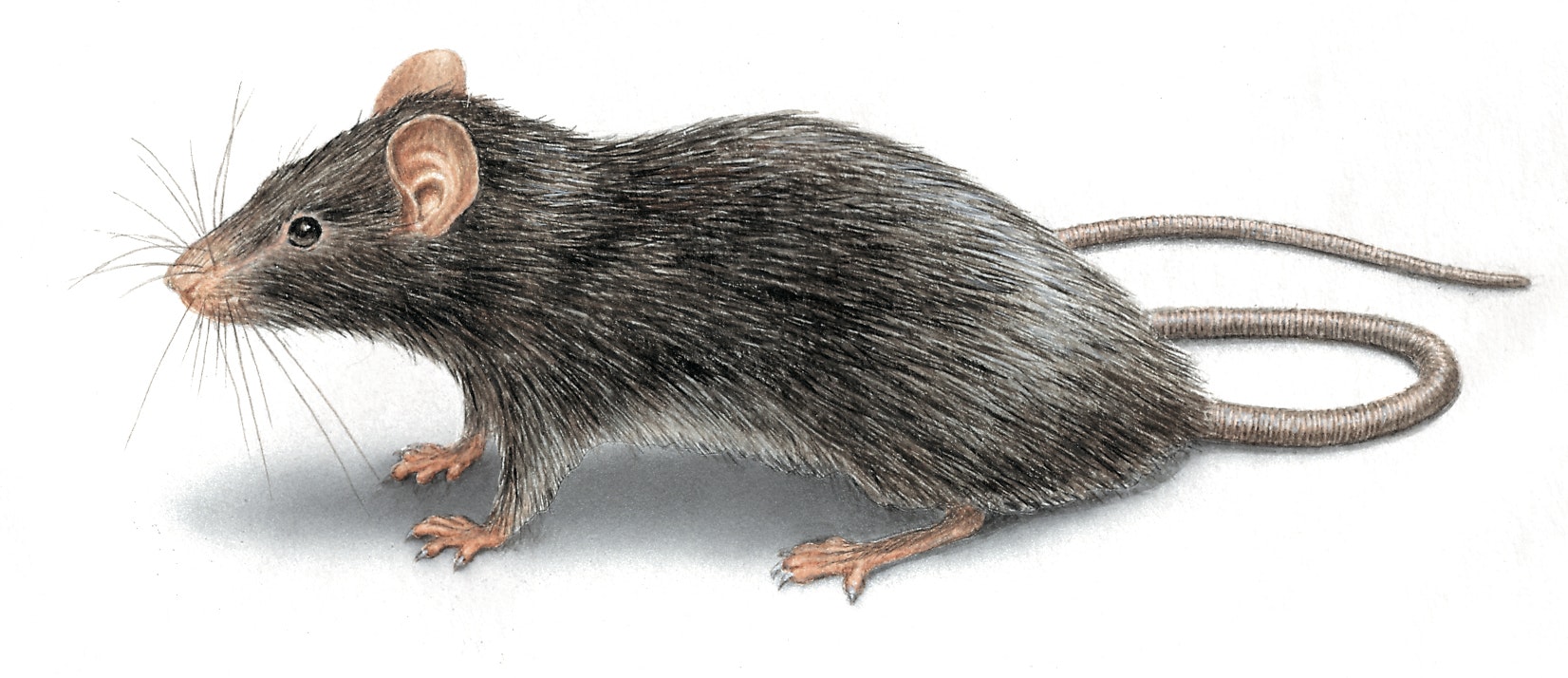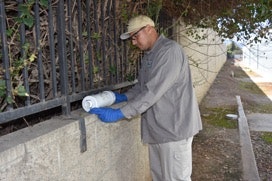Rodents

Recognize Rat Activity:
Two types of rats are typically found in the area. Evidence of activity can be recognized by the following:
•Partially eaten fruit on trees
•Signs of gnawing on plastic, wood, wire insulation, etc.
•Rat droppings are a significant sign of activity. They are dark brown, oval shaped, and about 1/2 inch long.
•Typically found in cluttered areas.
•Visual sightings on fence tops, roofs, storm drains, and tree limbs.

Importance of Rat Control:
Rat control is a community effort. If you have rats, so do your neighbors and visa versa. In some cases, rats may spread germs such as the bubonic plague, typhus, and other filth-borne diseases. Rat survival and population growth depends on three factors:

•Abundance of food
•Available source of water
•Places for shelter
Rat Control Starts With Environmental Management:
Sanitation and reducing clutter are the first and most important steps to a successful rat control program. You can help reduce rat populations in your neighborhood.
Building and Landscape Maintenance:
Roof rats can enter homes and buildings through openings less than one inch in diameter. Check these areas at least once a year for gaps and cover with 1/4 inch heavy wire screening or sheet metal:
•Attic vent and louvers
•Gaps near chimney and roof
•Vent pipes and shafts
•Tile roofs along eaves
•Pipe and cable entrances
•Keep landscaping neat and trim.
•When installing new, or renovating landscaping, consider rat "unfriendly" plants and ground cover.
Trapping and Chemical Control:
Rat traps are inexpensive and provide good results. Place them along walls and runways such as fence tops. Chemical control involves the use of rodenticides. These food blocks contain anticoagulants that kill rats after feeding. Northwest MVCD currently uses these as part of an ongoing rat eradication program. Contact us for further information.
Alternative Ground Cover:
1. Ajuga, Bronze (A juga reptans atropurpurea)
2. Giant Ajuga (Ajuga crispa)
3. Camorojile (Anthemis nobilis)
4. Creeping Speedwell (Veronica repens)
5. Creeping Thyme (Thymus serphyllum)
6. Dichondra (Dichondra repens)
7. Gennander (Teucrium chamaedrys)
8. Goldmoss Stonecrop
9. Hahns Ivy (Hedera helix)
10. Needle Point Ivy
11. Mondo Grass (Ophiopogon japonicum)
12. Sand Strawberry (Fragaria chiloensis)
13. Snow-in-Summer (Cerastium tomentosum)
14. Spring Cinquefoil (Potenilla vema)
15. Trailing African Daisy (Osteospermum fruticosus)
16. Wooly Yarrow (Achillea tomentosa)
